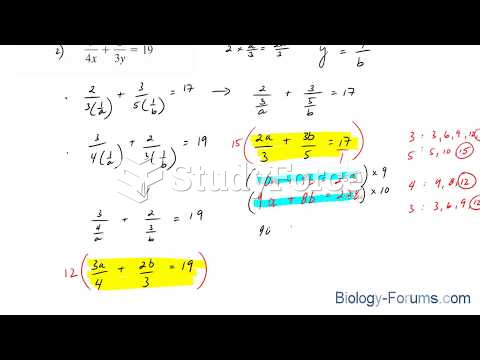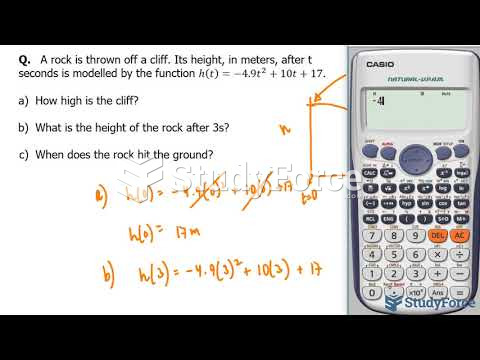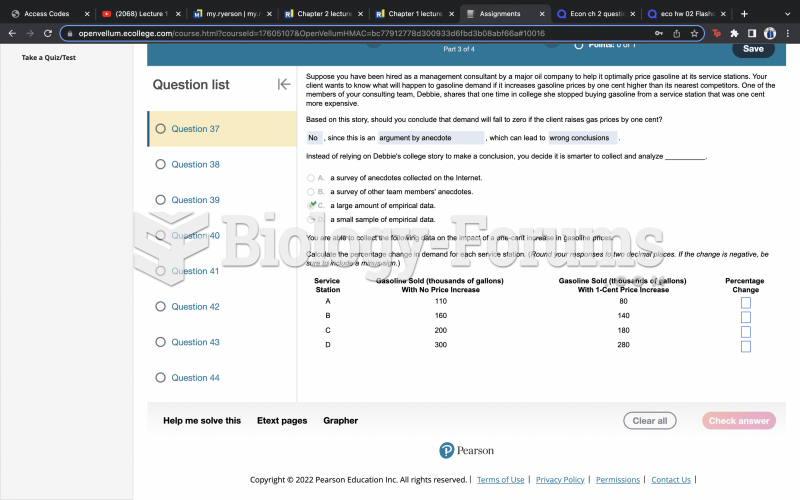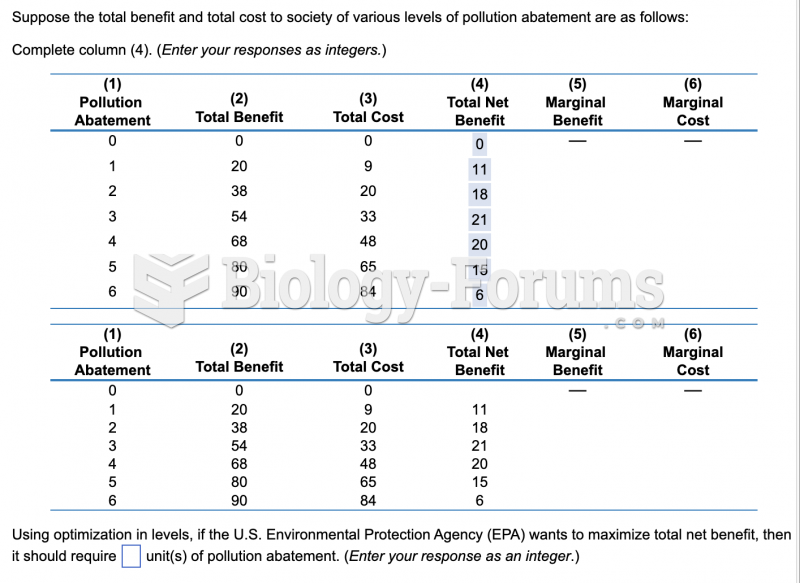Answer to Question 1
Answer: Earthquakes are sudden movements of the crust. Thousands of earthquakes occur every day. The vast majority of Earthquakes tend to be clustered along plate boundaries, but can also occur inside plate along fractures and fault lines. When an Earthquake occurs, the place where Earth's crust actually moves is the focus of an earthquake. The focus is generally near the surface but can be as deep as 350 miles below Earth's surface. Directly above the focus on the surface of the Earth is the epicenter.
The energy released at the focus travels worldwide in all directions and at various speeds through different layers of rock. The instrument used to measure Earthquake intensity is the Richter scale, which is a logarithmic scale with a range of 0 to 9.
Answer to Question 2
Answer: When molten magma generated by heat within the Earth reaches the surface and erupts, a volcano is formed. Volcanoes tend to be clustered along boundaries between tectonic plates. There are, however some volcanoes that occur within plates, typically above hot spots.
The chemistry of the magma determines the texture which in turn determines the type of landform the volcano builds. During an eruption, the magma may flow over the surface, forming a plain of volcanic rock, or it may build up to form a mountain. Based on the chemistry and types of materials in the magma, we can distinguish between shield volcanoes and composite cone volcanoes.
Shield volcanoes get their name from their shape. They tend to erupt runny lava that cools to form a rock called basalt. The Hawaiian Islands are large shield volcanoes. Usually, shield volcanoes tend to be peaceful.
Composite cone volcanoes on the other hand are explosive. They have been known to cause death and destruction more so than shield volcanoes. Composite cones are made up of a mixture of lava and ash. They tend to have thick magma and gassy, and may erupt explosively. Eruption often sends ash and clouds of sulfurous gas high into the atmosphere. Mudflows can occur as a result of the massive amount of ash and debris that accompanies the eruption.








